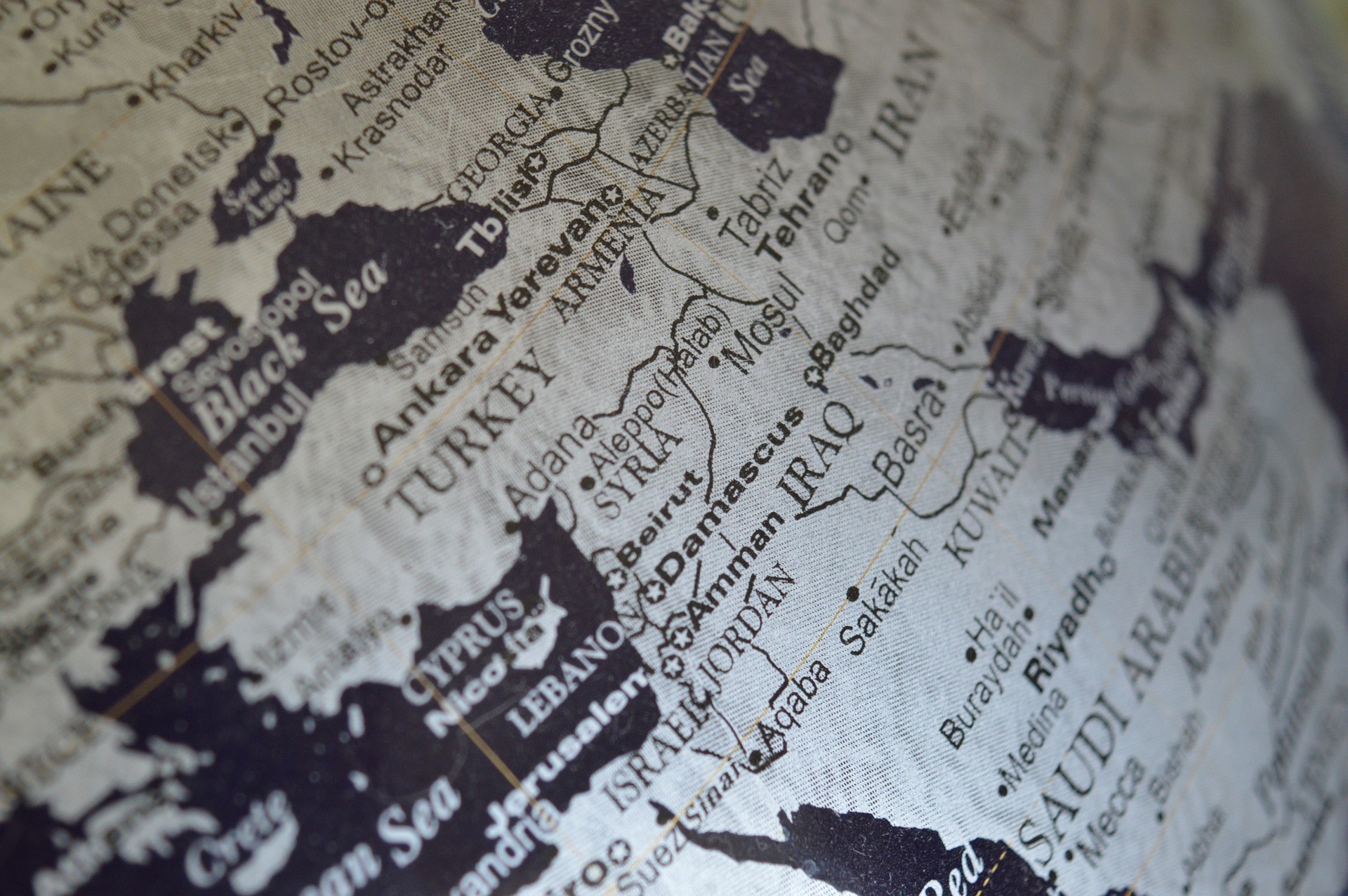MUFG: Middle East 2024 outlook
MUFG: Middle East 2024 outlook

By Ehsan Khoman, Ramya RS, MUFG
Hamas’ 7 October 2023 attacks on Israel and its response represents a watershed moment in the region’s political history. Granted, this is a broadly contained war at the current juncture, but it’s difficult to understate the unprecedented seismic long-lasting reverberations. Whilst not our base case scenario, the risks that the conflict could erupt into a wider regional, or even global conflict, is not insignificant. Miscalculations abound.
Juxtaposed against this fog of geopolitical uncertainty is a region that stands out as a global economic outlier in a world mired by a multitude of headwinds, recession obsession and the dark side of higher for longer rates. Our constructive Middle East conviction is anchored on three dimensions:
- Near-term and cyclical. Shielded by global uncertainties, growth remains well-anchored by rapid diversification agendas, with inflation low, public finances strong and balance of payments robust. Coupled with ample balance sheet strength and resilient creditworthiness, the region’s has considerable access to international capital markets as well as policy flexibility that few other emerging (and certain developed) markets, enjoy.
- Medium-term and structural. The Middle East sits at the heart of our decades-long energy supercycle thesis (see here and here), premised on the climate change paradox. That is, the current pace of renewable energy infrastructure investment is “too slow” for net zero, and concurrently investments in fossil fuel infrastructure is “too low” to make up the shortfall. This supply-constrained structural underinvestment warrants a higher hydrocarbon pricing regime, which continues to fortify the firepower of the region’s burgeoning sovereign wealth funds (SWFs).
- Long-term and transformational. Game changing reforms that aim to wean the region of its hydrocarbon dependence through fundamental shifts in the modus operandi by altering the functioning of financial, labour and legal landscapes continue to yield tangible returns – a testament of the seriousness that regional leaderships are turning aspiration into action.
Looking ahead, while risks of heightened geopolitical animosity have receded, they have not vanished. There is a real risk that the crisis will get worse in 2024 before getting better. Promisingly, the region’s pragmatism in delicately balancing the crisis with its laser focus on its inward-looking diversification strategies remains resolute. We hold conviction that the region’s “giga” scale transformation is still in the early innings, with a broad underappreciation of the sheer velocity of sea changes to come. As a critical creditor contributor to the world economy, the compelling cyclical and structural story for a region, which remains in a league of its own, continues to be an opportunity of global scale.
